These materials have self-healing capabilities, just like Wolverine’s skin.


These materials have self-healing capabilities, just like Wolverine’s skin.

:oooooooo.
Recent findings of new Higgs modes in unconventional superconductors require a classification and characterization of the modes allowed by nontrivial gap symmetry. Here we develop a theory for a tailored nonequilibrium quantum quench to excite all possible oscillation symmetries of a superconducting condensate. We show that both a finite momentum transfer and quench symmetry allow for an identification of the resulting Higgs oscillations. These serve as a fingerprint for the ground state gap symmetry. We provide a classification scheme of these oscillations and the quench symmetry based on group theory for the underlying lattice point group. For characterization, analytic calculations as well as full scale numeric simulations of the transient optical response resulting from an excitation by a realistic laser pulse are performed. Our classification of Higgs oscillations allows us to distinguish between different symmetries of the superconducting condensate.
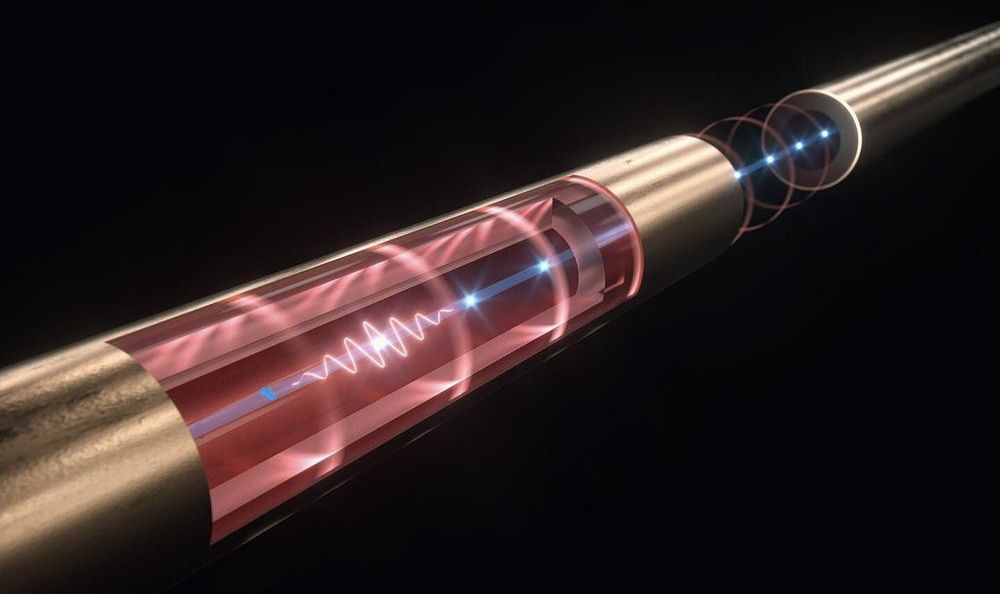
A team of DESY scientists has built a miniature double particle accelerator that can recycle some of the laser energy fed into the system to boost the energy of the accelerated electrons a second time. The device uses narrowband terahertz radiation which lies between infrared and radio frequencies in the electromagnetic spectrum, and a single accelerating tube is just 1.5 centimetres long and 0.79 millimetres in diameter. Dongfang Zhang and his colleagues from the Center for Free-Electron laser Science (CFEL) at DESY present their experimental accelerator in the journal Physical Review X.
The miniature size of the device is possible due to the short wavelength of terahertz radiation. “Terahertz-based accelerators have emerged as promising candidates for next-generation compact electron sources,” explains Franz Kärtner, Lead Scientist at DESY and head of the CFEL group that built the device. Scientists have successfully experimented with terahertz accelerators before, which could enable applications where large particle accelerators are just not feasible or necessary. “However, the technique is still in an early stage, and the performance of experimental terahertz accelerators has been limited by the relatively short section of interaction between the terahertz pulse and the electrons,” says Kärtner.
For the new device, the team used a longer pulse comprising many cycles of terahertz waves. This multicycle pulse significantly extends the interaction section with the particles. “We feed the multicycle terahertz pulse into a waveguide that is lined with a dielectric material”, says Zhang. Within the waveguide, the pulse’s speed is reduced. A bunch of electrons is shot into the central part of the waveguide just in time to travel along with the pulse. “This scheme increases the interaction region between the terahertz pulse and the electron bunch to the centimetre range—compared to a few millimetres in earlier experiments,” reports Zhang.

Recently, we’ve encountered the following claim: “#Copper has antimicrobial effect that can help destroy #viruses (including #coronavirus) and #bacteria.” — If you think the message above is fishy, you’re not alone! At first, we’re suspicious as well. However, after a little digging, we found that there may be some truth in it. The following are some references supporting the claim: [Relevant Articles] https://bit.ly/2J2OEbt (Wikipedia: #Antimicrobial properties of #copper) https://bit.ly/3bg73NY (Fast Company) https://bit.ly/3didUs2 (Vice) [Scientific Papers — PDF] https://bit.ly/396UDqu https://bit.ly/3a43Xwt https://bit.ly/2wh8flF The biocidal effect of metals such as #copper is called “oligodynamic effect” (or to be more precise, such biocidal effect is carried out by the ions of these metals), and it can happen even when the ions are in low concentration. The effect may involve multiple mechanisms. For instance, #copper can inappropriately bind to some #proteins and accordingly cause these proteins to lose their functions, or #copper can decrease the integrity of the microbes’ membrane and cause important substances such as #potassium and #glutamate to leak out from the cell, etc. Note that this certainly does NOT mean that simply wearing ornaments made of copper can stop #COVID19 and other #pathogens from infecting your body, but it does help you to choose the material of the things you use (e.g., you may want to use copper fork or spoon while dining more often recently)!
Civilizations have recognized copper’s antimicrobial properties for centuries. It’s time to bring the material back.
[Source Images: ekimckim/Blendswap (toilet), blenderjunky/Blendswap (bathroom)].
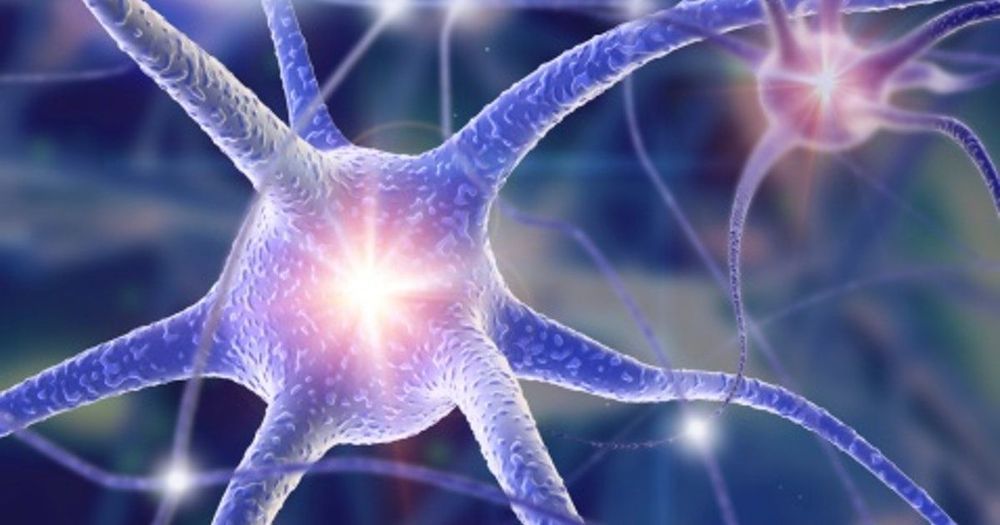
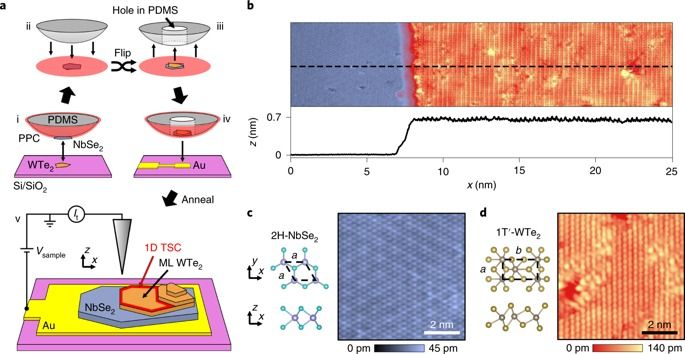
:ooooooo.
The quantum spin Hall insulator is characterized by a bandgap in the two-dimensional (2D) interior and helical 1D edge states1,2,3. Inducing superconductivity in the helical edge state results in a 1D topological superconductor, a highly sought-after state of matter at the core of many proposals for topological quantum computing4. In the present study, we report the coexistence of superconductivity and the quantum spin Hall edge state in a van der Waals heterostructure, by placing a monolayer of 1T′-WTe2, a quantum spin Hall insulator1,2,3, on a van der Waals superconductor, NbSe2. Using scanning tunnelling microscopy and spectroscopy (STM/STS), we demonstrate that the WTe2 monolayer exhibits a proximity-induced superconducting gap due to the underlying superconductor and that the spectroscopic features of the quantum spin Hall edge state remain intact. Taken together, these observations provide conclusive evidence for proximity-induced superconductivity in the quantum spin Hall edge state in WTe2, a crucial step towards realizing 1D topological superconductivity and Majorana bound states in this van der Waals material platform.
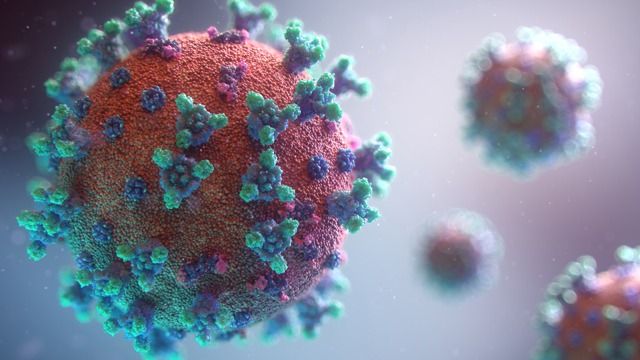
A preprint of a study conducted by researchers from Utrecht University, in collaboration with Erasmus MC and Harbor BioMed, outlines the first report of a human monoclonal antibody that can block SARS-CoV-2.
Understanding antibodies: Terms and definitions
Antibodies are proteins that are produced by certain cells of the immune system known as B cells. They are able to bind to “foreign” material that tries to invade the body, such as pathogens, and directly neutralize them or trigger an immune response. This is achieved by binding of the antibody to an antigen, a specific molecule present on the pathogen.
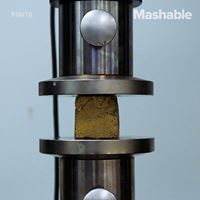
These bricks are made out of desert sand, but are as strong as concrete.
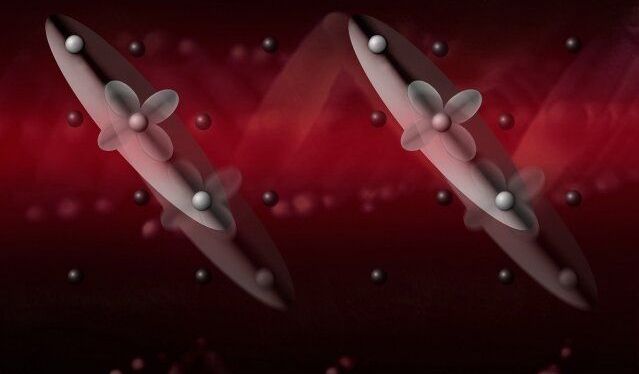
Magnetite is the oldest magnetic material known to humans, yet researchers are still mystified by certain aspects of its properties.
For example, when the temperature is lowered below 125 kelvins, magnetite changes from a metal to an insulator, its atoms shift to a new lattice structure, and its charges form a complicated ordered pattern. This extraordinarily complex phase transformation, which was discovered in the 1940s and is known as the Verwey transition, was the first metal-insulator transition ever observed. For decades, researchers have not understood exactly how this phase transformation was happening.
According to a paper published March 9 in Nature Physics, an international team of experimental and theoretical researchers discovered fingerprints of the quasiparticles that drive the Verwey transition in magnetite. Using an ultrashort laser pulse, the researchers were able to confirm the existence of peculiar electronic waves that are frozen at the transition temperature and start “dancing together” in a collective oscillating motion as the temperature is lowered.

Researchers have found that homeowners who seed their lawns with a special grass mix can feed dozens of species of bees that would otherwise go hungry. So, beginning this spring, Minnesota will pay thousands of residents to plant “bee lawns” under a new state program that has attracted attention from other states. Each homeowner will get as much as $350 to do the work.
Why grass mix brings all the bees to the yard.